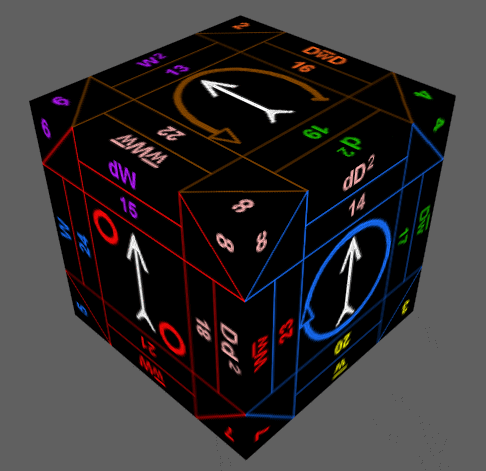The Wiki.
A friendly introduction to the fundamental problem we're trying to solve:
And we don't know how this works. We've been trying to find out since the time of Einstein. Einstein himself called this "a spooky action at a distance."
Not only are we observing the effect that two particles can have on each other, and not only is it instantaneous (defying everything we know about the speed of information alone), but it appears to even be possible to have the same thing happen when the entangled elements are separated not only by space, but time as well. So Israeli scientists have made photons affect each other even when they didn't coexist at the same time.
So either we're dead wrong about this, or we have a way to both time travel and teleport either information or physical actions instantly. It could be a flaw in our reasoning based on some fundamental shortcoming of human perception and reasoning.
A LiveScience infographic:
And finally, quantum entanglement has been simulated within the world of, of all things, Minecraft.



















